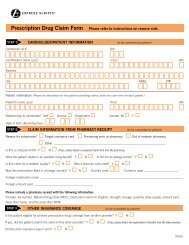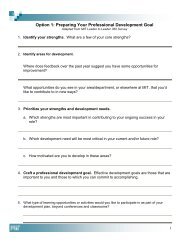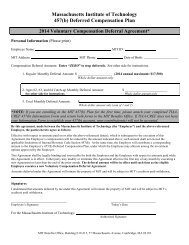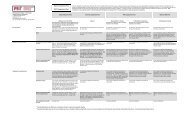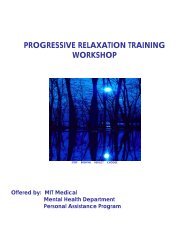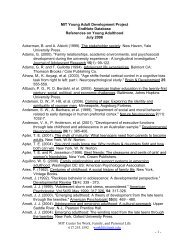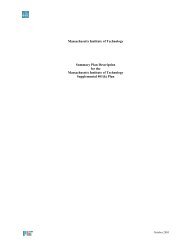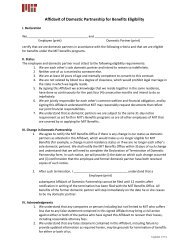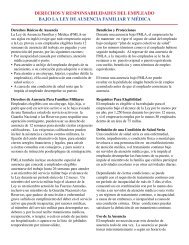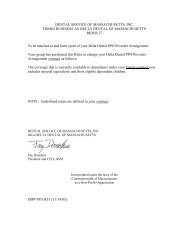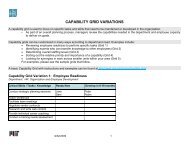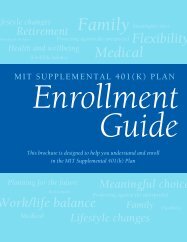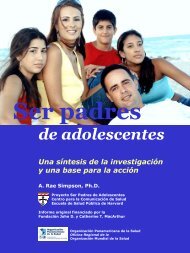Helping parents in developing countries improve adolescents' health
Helping parents in developing countries improve adolescents' health
Helping parents in developing countries improve adolescents' health
You also want an ePaper? Increase the reach of your titles
YUMPU automatically turns print PDFs into web optimized ePapers that Google loves.
and prevent and respond to <strong>health</strong> problems:<br />
• creat<strong>in</strong>g a safe and supportive environment<br />
• provid<strong>in</strong>g accurate <strong>in</strong>formation<br />
• build<strong>in</strong>g skills<br />
• provid<strong>in</strong>g counsell<strong>in</strong>g<br />
• improv<strong>in</strong>g <strong>health</strong> services.<br />
The framework cites “home” as the first <strong>in</strong>tervention sett<strong>in</strong>g and “family” as key players<br />
for <strong>in</strong>tervention delivery. The importance of the family environment was clearly affirmed as<br />
central to <strong>health</strong>y adolescent development and to the prevention and treatment of <strong>health</strong><br />
problems. The report notes that the family:<br />
• provides support and love;<br />
• promotes moral development and a sense of responsibility;<br />
• provides role models and education about culture;<br />
• sets expectations;<br />
• negotiates for services and opportunities;<br />
• filters out or counteracts harmful or <strong>in</strong>consistent <strong>in</strong>fluences from the social environment.<br />
Relevance of parent<strong>in</strong>g for adolescent <strong>health</strong> outcomes<br />
Work was <strong>in</strong>itiated to def<strong>in</strong>e the aspects of the social environment of adolescents<br />
that either protect them from negative <strong>health</strong> outcomes or put them at greater risk for<br />
such outcomes. These are referred to as protective or risk factors: Factors underly<strong>in</strong>g<br />
a behaviour that are associated with reduc<strong>in</strong>g negative outcomes and mitigat<strong>in</strong>g their<br />
consequences, are protective; while factors that are associated with an <strong>in</strong>creased likelihood<br />
of experienc<strong>in</strong>g a negative <strong>health</strong> outcome are risks. The emphasis on protective factors<br />
is significant as it identifies positive <strong>in</strong>fluences <strong>in</strong> the environment that can be supported<br />
through programm<strong>in</strong>g efforts.<br />
In 2001, analysis of data from six different cross-national studies (represent<strong>in</strong>g 53 different<br />
<strong>countries</strong> and regions of the world) was undertaken by WHO, <strong>in</strong> order to assess the<br />
effect of risk and protective factors on three adolescent <strong>health</strong> behaviours /conditions:<br />
sexual <strong>in</strong>itiation, substance use and depression. The conclusions demonstrated that<br />
peers, families, schools and communities play essential roles <strong>in</strong> determ<strong>in</strong><strong>in</strong>g <strong>in</strong>dividual<br />
adolescent <strong>health</strong> outcomes, <strong>in</strong>clud<strong>in</strong>g the association between relationships with <strong>parents</strong><br />
and all three <strong>health</strong> issues under consideration. As the report put it, “Families matter.” 3<br />
6 <strong>Help<strong>in</strong>g</strong> <strong>parents</strong> <strong>in</strong> develop<strong>in</strong>g <strong>countries</strong> <strong>improve</strong> adolescents’ <strong>health</strong>



